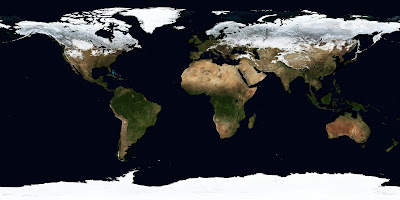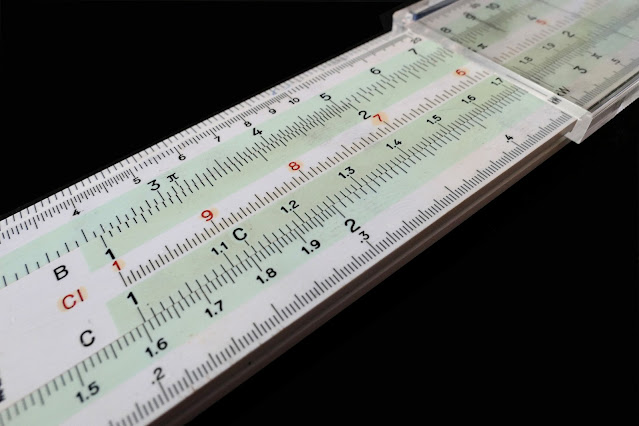Reflection And Refraction
Light is a form of energy which gives the sensation of vision. Visible light is a part of the electromagnetic spectrum, with wavelengths ranging from 380 nanometers to 700 nanometers.
Mirror Image
1.Reflection: Have you ever thought about why we can see our image in a mirror? It is because the light rays falling on the surface of the mirror get bounced back (reflected back)
In 1621, Dutch scientist Willebrord Snell proposed two laws to explain reflection:
- The incident ray, reflected ray and the normal, all lie on the same plane.
- The angle of incidence is equal to the angle of reflection.
Characteristics of the image formed by a plane mirror.
- The image is virtual and erect.
- The image is laterally inverted.
- Distance between the image and the mirror is equal to the distance between the object and the mirror.
- The size of the image is equal to the size of the object.
Spherical Mirrors
Mirrors with reflecting surfaces curved in or bulged out are called spherical mirrors.
Concave mirrors are used to obtain a parallel beam of light; hence, it is used in torches, headlights of vehicles, searchlights, etc. It is also used to converge light at a point. E.g. Solar heating devices.
Convex mirrors produce virtual and diminished images. Hence, it is used as rear-view mirrors in automobiles, as traffic mirrors, and for many other uses.
2.Refraction: Bending of light rays when it travels from one medium to another.
When light passes from a denser to a rarer medium, it bends away from the normal. And when travelling from a rarer to a denser medium, it bends towards the normal.
Snell also proposed laws of the refraction of light, which are:
- The incident ray, the refracted ray, and the normal lie on the same plane.
- The ratio of the sine of the angle of refraction is constant for a given pair of media. And it is known as the refractive index of the medium.
Spherical lenses are optical lenses with a curved surface which converges or diverges light.
- Convex lenses form both real and virtual images
- Concave lenses form only virtual images.
Uses of Lenses
Lenses play an important role in the field of ophthalmology. Concave lenses are used to make spectacles for short sight, and convex lenses for long sight.
All optical instruments are made of lenses .E.g. telescopes & microscopes.
Note: Contents published here has been taken from various sources for reference purpose. Readers are requested to do their own study before using them in any medium.






Comments
Post a Comment